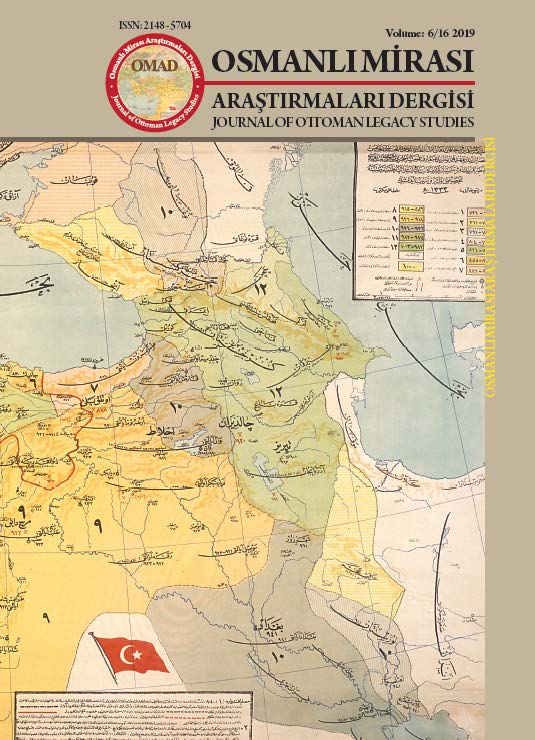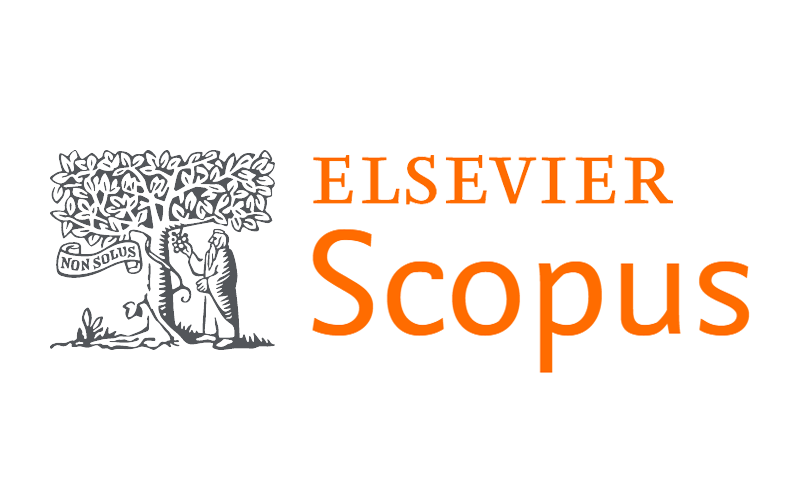Romen Ülkelerinde Göçle Gelen Kültürel Etkileşim: Osmanlı Ürünleri ve Sosyal Değişim
ACCULTURATION THROUGH MIGRATION IN THE ROMANIAN COUNTRIES: OTTOMAN PRODUCTS AND SOCIAL CHANGE
DOI:
https://doi.org/10.17822/omad.2019.137Keywords:
Osmanlı Devleti, sosyal değişme, Balkanlar, gAbstract
Öz: Romen müze ve koleksiyonlarında yapılacak bir ziyaret, Romanya’da bulunan Yakın Doğu ve Osmanlı Devleti eserlerinin çeşitliliğini ve sayıları göz önüne serecektir. Osmanlı objelerinin 15. ve 16. yüzyıllardan başlayarak Romen ülkelerinde bulunabileceği bilinen bir gerçektir ve bu kültürleşme süreci 18. yüzyılda, çoğunlukla Phanariot rejimi nedeniyle yoğunlaştırılmıştır. 18. yüzyılda Eflak Boğdan'daki yerel elit kesim çeşitli Osmanlı objeleri kullandılar: Giyim, mobilya, sigara gereçleri (nargile ve Osmanlı sigara boruları), mücevherler, silahlar vb. Dahası, bunu Osmanlı seçkinleriyle birlikte olmak için ait olma çabası içinde yaptılar. Eflak ve Boğdanlı yerel elit kesim, benzer kıyafetleri kullanarak ve çeşitli gelenekleri ithal ederek ait olma isteğini gösterirken, Osmanlı objelerini içselleştirdiği ve toplumlarına yeni sosyal normlar getirdikleri için aynı zamanda Osmanlı'nın prestijini ortaya koydu. Örneğin, kıyafetler sosyal ve politik rütbenin bir işaretiydi çünkü boyarlar üç ayrı sınıfa ayrılırdı ve rütbeleri görünüşlerinden anlaşılırdı. Bu makale, Bükreş ve Yaş’ta düzenlenen fuarlar boyunca Ermeni, Bulgar, Türk ve Yunan tüccarlar tarafından getirilen Osmanlı ithal mallarının neden olduğu toplumsal değişimleri ele almayı amaçlamaktadır.
Anahtar Kelimeler: Osmanlı Devleti, sosyal değişme, Balkanlar, göç
Abstract: A visit in a few Romanian museums and collections would outline the diversity and numbers of artefacts from the Near East and the Ottoman Empire present in Romania. It is a well-known fact that Ottoman objects can be found in the Romanian countries starting from the 15th and 16th centuries, and this process of acculturation was intensified during the 18th century, mostly due to the Phanariot regime. 18th century local elite from Wallachia and Moldavia used various Ottoman objects: clothing, furniture, smoking paraphernalia (hookahs and Ottoman smoking pipes), jewelry, weapons, and so on. Moreover, they did so in an effort to belong, to become one with the Ottoman elite. By using similar clothing and importing various customs, Wallachian and Moldavian local elite manifested its desire to belong, and in the same time, its prestige because the Ottoman objects were internalized and they introduced new social norms in their society. For example, the clothes were a sign of social and political rank because the boyars were divided into three distinct classes, and the rank was signaled by their appearance. This paper aims to address the social changes produced by the imported goods from the Ottoman Empire brought by Armenian, Bulgarian, Turkish and Greek merchants during the fairs held in Bucharest and in Yassi.
Keywords: Romanian, Ottoman Empire, social change, Balkans, migration








